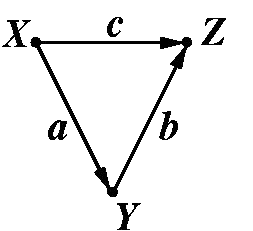Comments on Kenny’s Summary of Causal Mediation
David Kenny’s website <http://davidakenny.net/cm/mediate.htm> has recently been revised to include a section on the Causal Inference Approach to Mediation. As many readers know, Kenny has pioneered mediation analysis in the social sciences through his seminal papers with Judd (1981) and Baron(1986) and has been an active leader in this field. His original approach, often referred to as the “Baron and Kenny (BK) approach,” is grounded in conservative Structural Equation Modeling (SEM) analysis, in which causal relationships are asserted with extreme caution and the boundaries between statistical and causal notions vary appreciably among researchers.
It is very significant therefore that Kenny has decided to introduce causal mediation analysis to the community of SEM researchers which, until very recently, felt alienated from recent advances in causal mediation analysis, primarily due to the counterfactual vocabulary in which it was developed and introduced. With Kenny’s kind permission, I am posting his description below, because it is one of the few attempts to explain causal inference in the language of traditional SEM mediation analysis and, thus, it may serve to bridge the barriers between the two communities.
Next you can find Kenny’s new posting, annotated with my comments. In these comments, I have attempted to further clarify the bridges between the two cultures; the “traditional” and the “causal.” I will refer to the former as “BK” (for Baron and Kenny) and to the latter as “causal” (for lack of a better word) although, conceptually, both BK and SEM are fundamentally causal.
Click here for the full post.
